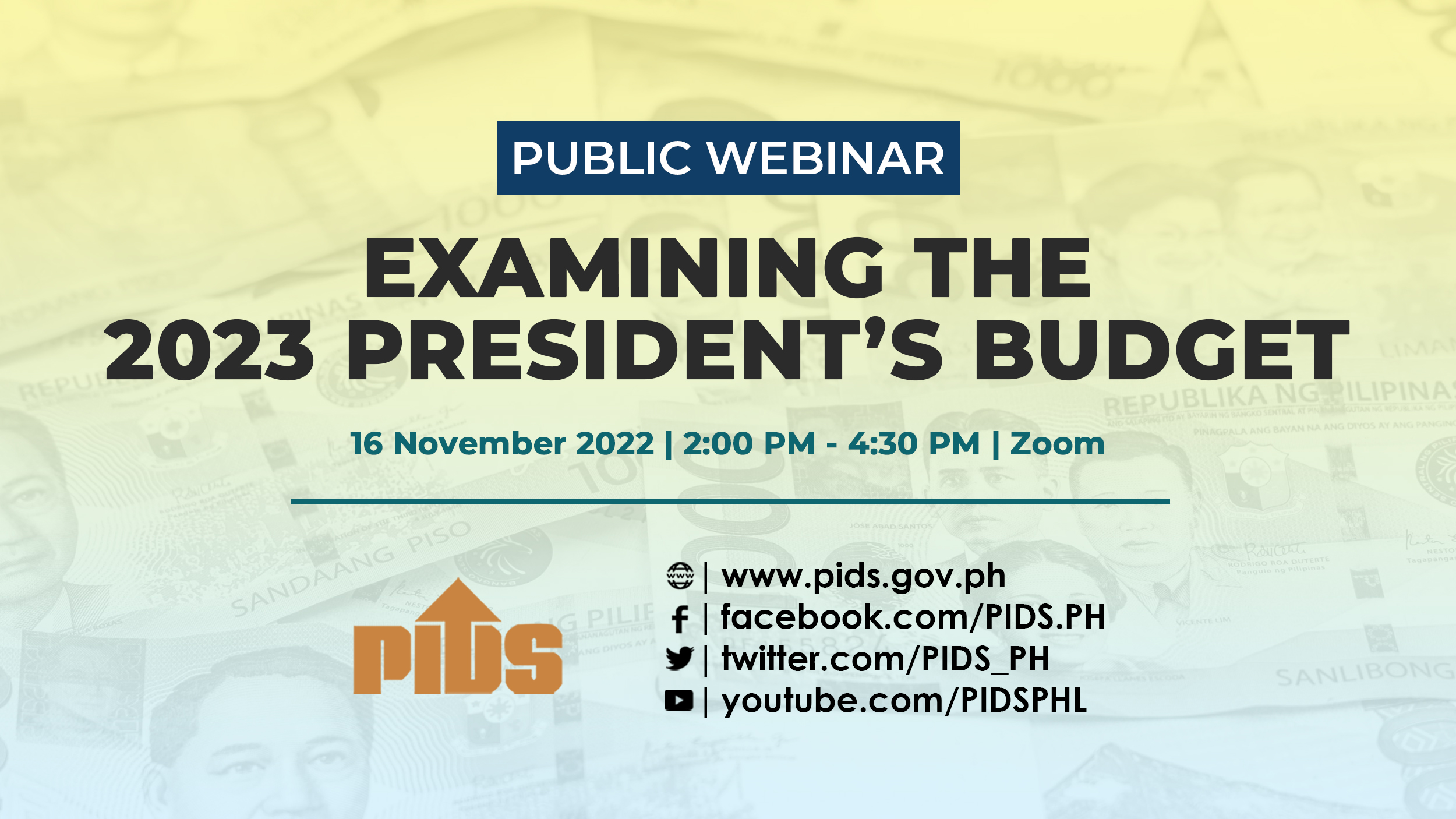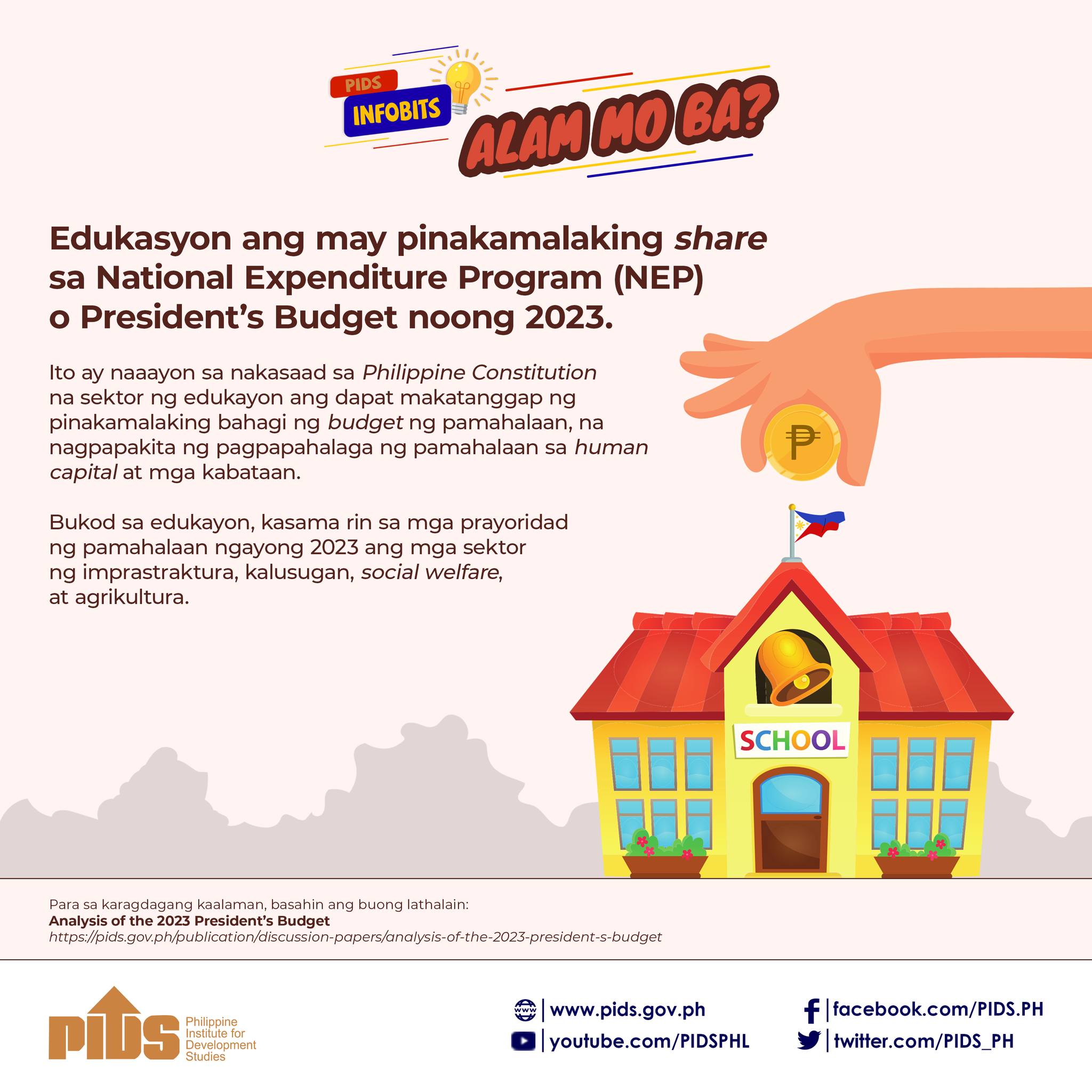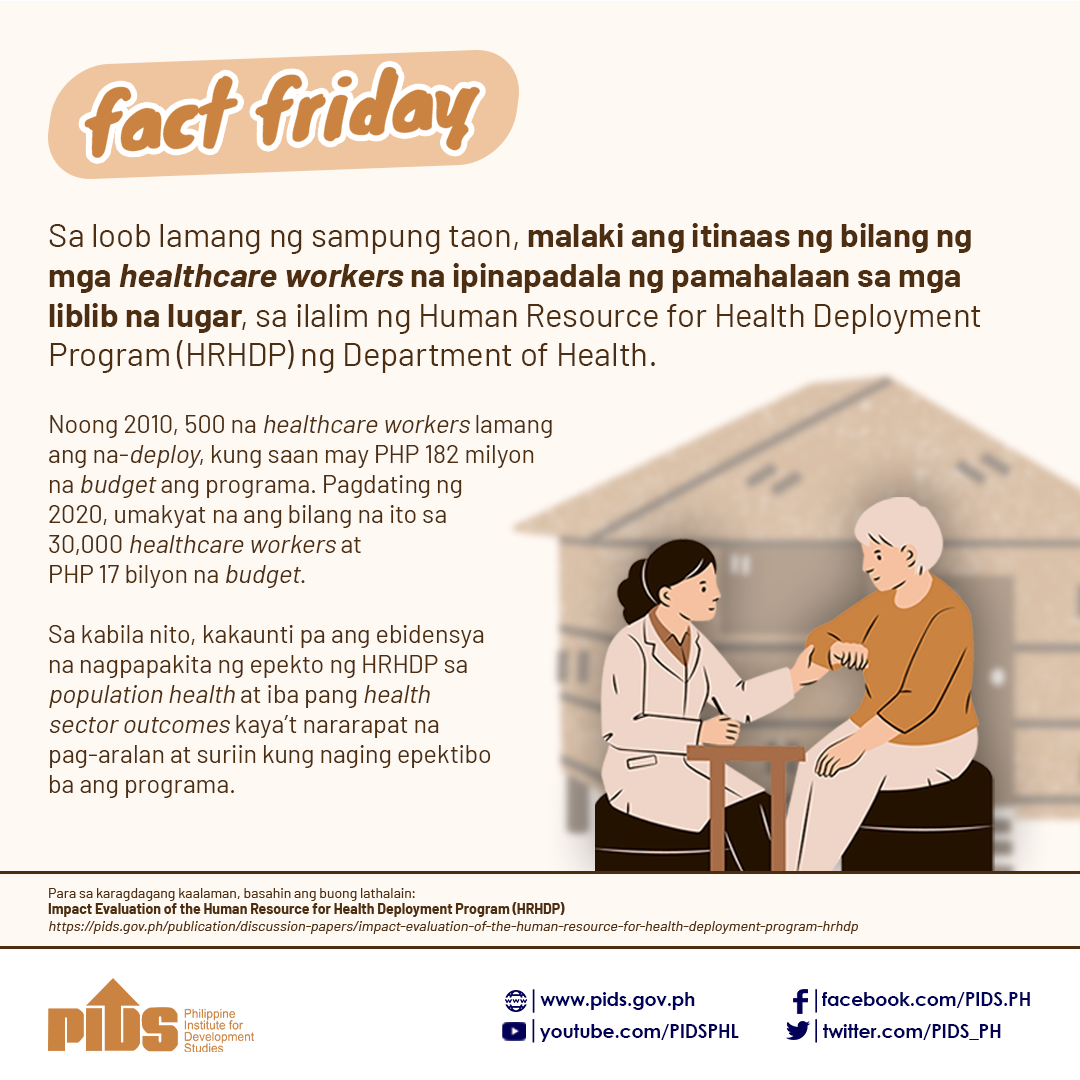THE K to 12 program was initially seen as a catch-up move by the Department of Education. Fully 99 percent of the countries in the world have 18 years of pre-university education, except for some countries in Africa. President Benigno Aquino 3rd and his Education secretary, Brother Armin Luistro, pushed for it to bring the Philippines into the 21st century.
But like many Philippine laws with good intentions, the problem lay with the execution. We think it was implemented rather rashly. The textbooks were not there. Only a few seminars and workshops were done to cascade the new learning curricula and protocols down the line, from the regional and provincial capitals to the barrio schools. And the teachers, already overworked and underpaid, had to scrounge around for materials that would connect the dots in the syllabi that came from Manila.
Now, there is a clamor again to revisit the K to 12 program. The latest proposal has come from former president and now Senior Deputy House Speaker and Pampanga Rep. Gloria Macapagal Arroyo. She wants to make Grades 11 and 12 mandatory only for those who wish to pursue higher education. It seems like a logical throwback to the National College Entrance Examination (NCEE) of the late 1970s and early 1980s. Those who scored high in the NCEE naturally got into the good schools, while those who lagged behind fell into the cracks and took technical and vocational courses.
Arroyo's K to 10 Plus Two bill seeks to return the basic education system to its previous setup, with students considered as high school graduates after completing kindergarten, six years of elementary school, and four years of secondary school. Grades 11 and 12, currently known as senior high school (SHS), would be required only for those pursuing a college degree.
A similar proposal came from Vice President and concurrent Education Secretary Sara Duterte when she called for a revamp of the K to 12 curriculum. She made the call in her Basic Education Report in January this year to make the program "relevant to produce competent, job-ready, active and responsible citizens." We already analyzed the pros and cons of her proposal in an editorial last January.
Because K to 12 was implemented rashly with not enough learning materials to operationalize it, the products were naturally half-baked. A study by the Philippine Business for Education showed that only 14 out of 70 of the country's leading companies would hire SHS graduates. Most companies still prefer applicants with a college degree, something that is not surprising in a degree-oriented country like the Philippines.
Moreover, a study made by the Philippine Institute for Development Studies in 2020 indicated that 70 percent of SHS graduates went on to get a bachelor's degree. Only a little over 20 percent of these graduates entered the labor force.
Parents — and now, lawmakers — have seen the additional two years of SHS as a financial burden, with almost fruitless results. Arroyo wants to strengthen the technical, vocational and livelihood (TVL) track in SHS. The agency's 2021-2022 data shows that only 28.93 percent of SHS chose the TVL track, while over 70 percent went for the academic track.
The K to 12 program was overpromised but under-delivered. Aside from scant learning materials, the K to 12 curriculum itself is "congested" with too many subjects — seven subjects for Grade 3 students. Thailand began to improve in the education arena when it strengthened its K to 12 program with laboratories, computers, and teachers well-trained in critical thinking and 21st-century technological skills. The learning methods are also evidence-based and consulted experts with scientific data borne of research. Likewise, Singapore boosted its K to 12 program by funding its state schools and giving subsidies to private schools. It also encouraged the production of well-written textbooks, workbooks and teacher's guides. Teacher training was done, e-learning was boosted, and regular monitoring and evaluation of students' learning were implemented, with eyes focused on a set of metrics as goals.
On the issue of lack of funds to do all of these, perhaps the Department of Education can realign its huge intelligence funds for this. The intelligence of our students matters more than the dubious intention of an intelligence fund at the DepEd.











